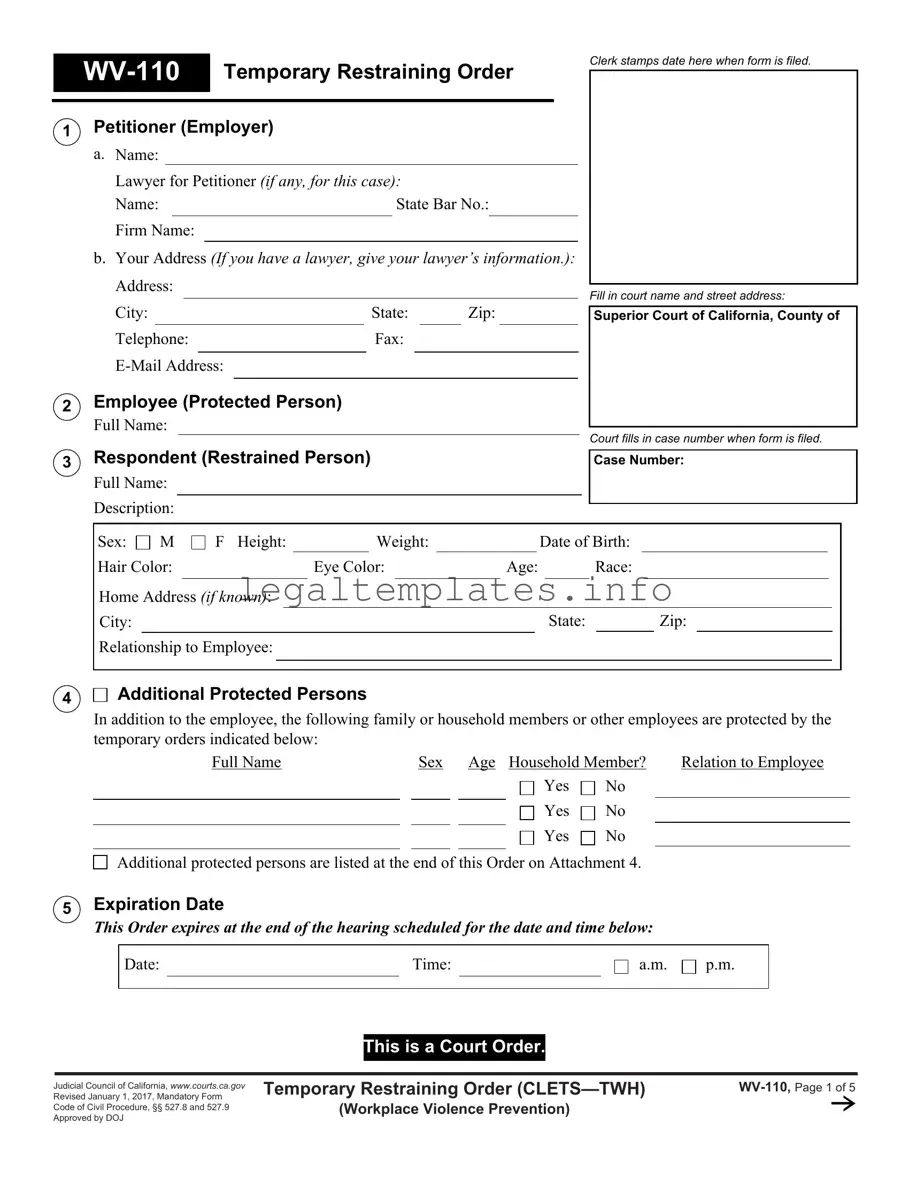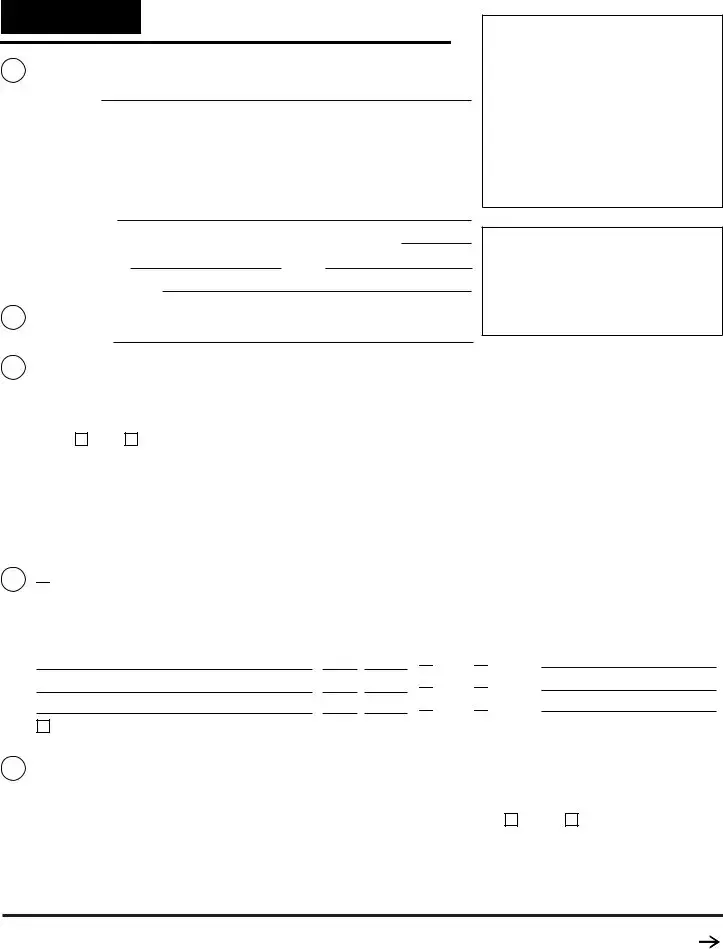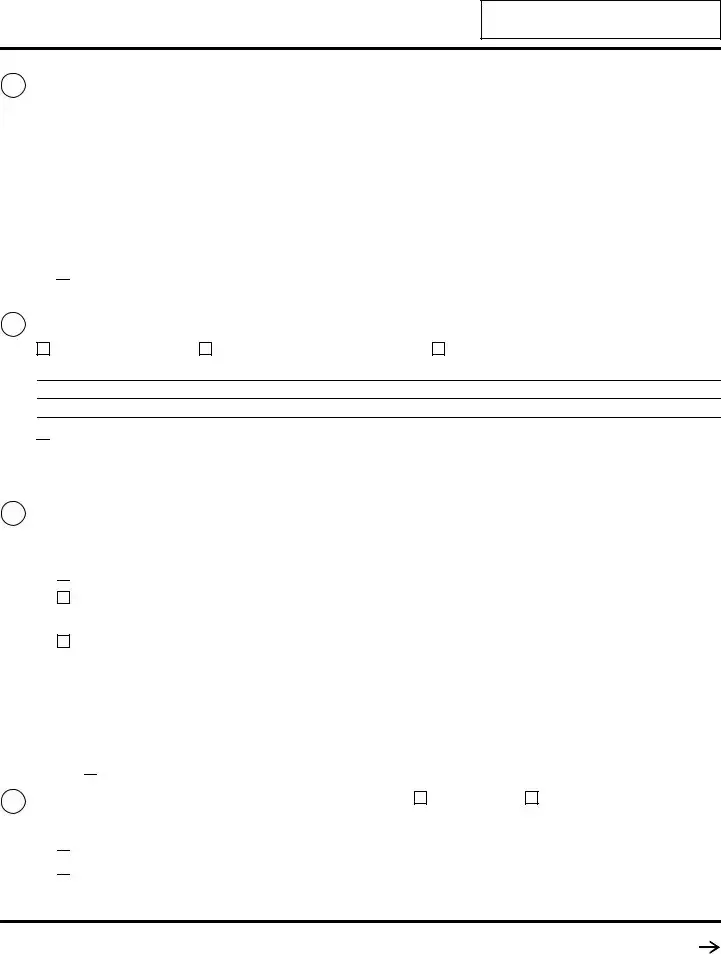What is a Temporary Restraining Order (TRO), and how is it used in the workplace?
A Temporary Restraining Order (TRO) is a court order designed to temporarily protect individuals from harm or harassment. In the context of the workplace, a TRO can protect employees from violence, stalking, or threats by restricting the actions of the person posing a threat. The order sets specific conditions that the restrained person must follow, which might include staying away from the workplace, not contacting the employee, or not possessing firearms. The aim is to ensure the safety of the employees and prevent any form of violence or harassment within the workplace until a full court hearing is scheduled.
How does one apply for a TRO in cases of workplace violence?
To apply for a TRO due to workplace violence, the employer or their legal representative must fill out and submit the required court forms, including detailed information about the employer, the employee being protected, and the person from whom protection is sought. The forms must be filed with the court, and a judge will review the application. If the judge finds a credible threat of violence, a TRO is issued temporarily until a hearing can take place. The process aims to swiftly provide protection in urgent situations concerning workplace safety.
What happens after a TRO is issued?
Once a TRO is issued, the order must be formally served to the respondent, the person being restrained. The order is enforceable immediately upon service. The respondent is prohibited from engaging in activities specified by the TRO, such as contacting or coming near the petitioner or entering the workplace. Law enforcement agencies are notified of the TRO, which is entered into the California Restraining and Protective Order System (CARPOS). The order remains in effect until the court hearing, where a judge will decide whether to extend the protection.
Can the respondent own or possess firearms while a TRO is in effect?
No, the respondent is prohibited from owning, possessing, buying, or receiving firearms or ammunition while the TRO is in effect. The respondent must turn in, sell, or store firearms with a licensed dealer or law enforcement agency within 24 hours of being served with the order and must provide proof to the court. This measure is taken to prevent potential violence and ensure the safety of the protected person(s).
What are the consequences if the respondent violates the TRO?
Violating a TRO is a serious offense and can result in criminal charges, including misdemeanors punishable by a fine, imprisonment, or both. This strict enforcement seeks to ensure compliance with the court's orders and the safety of those the TRO protects. Law enforcement agencies have the authority to arrest the respondent if they violate any terms of the order.
Is there a fee for serving a TRO?
In situations involving a credible threat of workplace violence, the sheriff or marshal will serve the TRO without charge. This provision ensures that financial constraints do not hinder the enforcement of necessary protective measures aimed at maintaining a safe work environment.
What is CARPOS, and why is it significant?
The California Restraining and Protective Order System (CARPOS) is a database accessible by law enforcement agencies throughout California. It tracks all issued restraining and protective orders, including TROs related to workplace violence. CARPOS is significant because it allows police officers to verify immediately if an individual is subject to a restraining order, enhancing the enforcement capabilities and protection afforded by these orders.
What should a respondent do upon receiving a TRO?
Upon receiving a TRO, the respondent must carefully read and understand all the terms. They must comply with all conditions, such as surrendering firearms and avoiding contact with the protected individual(s). The respondent has the right to respond to the petition by filing a form with the court and may attend the court hearing to present their case. It's crucial for the respondent to act within the legal framework to avoid further legal consequences.
How do TROs coexist with other restraining or protective orders?
If multiple restraining or protective orders are in place against a respondent, enforcement prioritizes the most restrictive order, especially if it provides immediate protection. Emergency Protective Orders (EPOs) are given precedence over other types, followed by no-contact orders and criminal protective orders. This hierarchical approach ensures that the most effective measures are in place to protect individuals from violence or harassment.


 Additional Protected Persons
Additional Protected Persons
 Yes
Yes 
 No
No
 Yes
Yes  No
No
 Yes
Yes 
 No
No
 Enter the workplace of the person.
Enter the workplace of the person.
 Take any action to obtain the person’s address or locations. If this item is not checked, the court has found good cause not to make this order.
Take any action to obtain the person’s address or locations. If this item is not checked, the court has found good cause not to make this order.
 Not Requested
Not Requested
 The employee’s home
The employee’s home
 The employee’s school
The employee’s school
 The employee’s children’s school
The employee’s children’s school
 The court has received information that you own or possess a firearm.
The court has received information that you own or possess a firearm.
 Additional orders are attached at the end of this Order on Attachment 9.
Additional orders are attached at the end of this Order on Attachment 9.

 Additional law enforcement agencies are listed at the end of this Order on Attachment 10.
Additional law enforcement agencies are listed at the end of this Order on Attachment 10. The Order is based on a credible threat of violence or stalking.
The Order is based on a credible threat of violence or stalking. The petitioner is entitled to a fee waiver.
The petitioner is entitled to a fee waiver.
